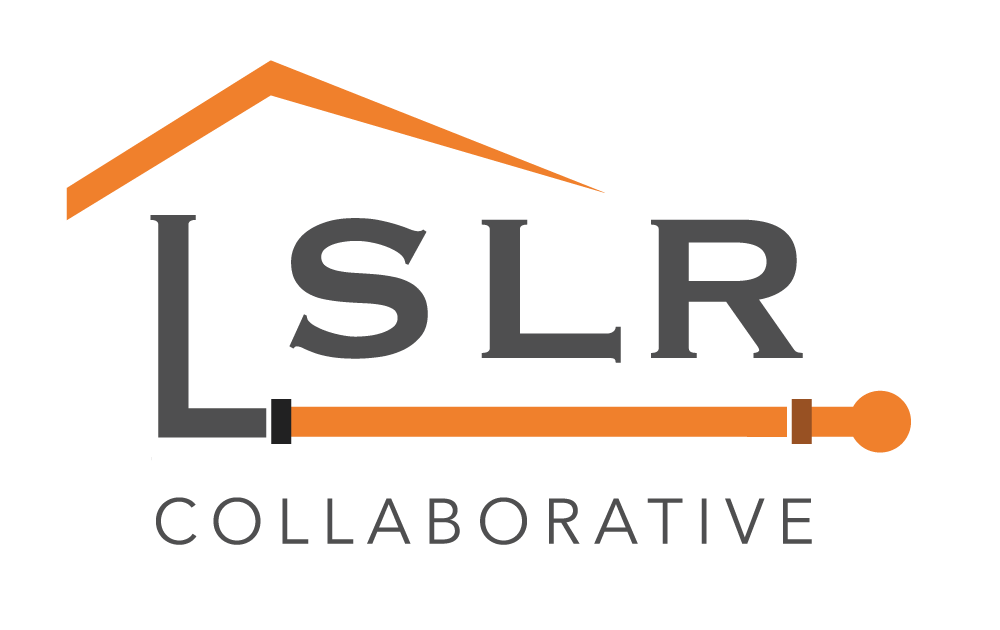|
Chicago Sun-Times
Rachel Hinton Read the full article. Legislators and advocates of removing the state’s lead service lines said Monday a newly signed law moves the state closer to removing that “toxic infrastructure” and ensuring all Illinoisans have clean water to drink. State Sen. Melinda Bush, a lead sponsor of the legislation, said the lines are a “health threat that not only costs us billions of dollars, but poisons our children and undermines our residents’ confidence” in their water supply. “Passing this bill with strong bipartisan support demonstrates a fundamental truth about lead in our drinking water — it affects all of us, and every single one of us, especially our children, deserve clean, safe drinking water,” the Grayslake Democrat said. Central Illinois Proud
Shabnam Danesh Read the full article. CHICAGO, Ill. (WMBD) — Lawmakers and clean water advocates are praising Governor J.B. Pritzker (D-IL) for signing legislation they said will clean up the state’s lead service lines. The Lead Service Line Replacement and Notification Act (HB 3739) will require water utilities to replace all lead service lines in Illinois. It is expected to create 11,000 jobs. Representatives from the Illinois Environmental Council and United Associations Plumbers Local 130 hailed the passage of the bill at a presser Monday afternoon. The Repository
Paige Bennett Read the full article. ALLIANCE – Fewer homeowners than anticipated have applied for the city's lead service line replacement project, and city officials hope to see a greater interest from the public. In February, Alliance accepted a $1 million loan from the Ohio Environmental Protection Agency (EPA) to replace lead pipes with copper in privately-owned homes. The project will allow Alliance to replace lines at around 450 homes at no cost to the homeowners, but so far the city has received fewer than 200 applications. WV Public Broadcasting
June Leffler Read the full article. Thousands of homes in Clarksburg have received water filtration pitchers and notices in the past few months. The notice lets residents know their drinking water is flowing through lead pipes. Tom Friddle, 60, got a filter and he plans on using it. He stood in this front yard with a small dog on a leash. “I got a dog and cat. They're my kids. So I'll make sure their water is just as fresh as mine,” said Friddle. The local fire department, water utility, and state National Guard have hand delivered more than 3,000 filters to these homes and businesses. The Hill
Mona Hanna-Attisha; Erik D. Olson Read the full article. In Flint, Mich., parents still bring their kids to the Hurley Children’s Hospital clinic, worried about the long-term consequences of the city’s lead in the water crisis on their children’s development, learning and health. But while Flint was a signature environmental disaster of our time, it was not the first, the last nor the worst lead-in-water crisis. There are an estimated 9 million to 12 million lead service lines threatening the health of residents of all 50 states, but we now have a once-in-a-generation opportunity to prevent what happened in Flint from happening again, by meeting President Biden’s call to remove 100 percent of these underground ticking time bombs. Times Union
Rick Karlin Read the full article. ALBANY — There are an estimated 14,000 lead pipes that supply drinking water to people’s homes in the city. On Wednesday, workers tore one of them out and replaced it with a safe, lead-free version of a service line that connects the water main to the home. “One down, fourteen thousand to go,” Albany Mayor Kathy Sheehan said at a press conference with U.S. Environmental Protection Agency Administrator Michael Regan, U.S. Rep. Paul Tonko and others to promote a cost-sharing program to replace the aging pipes and to rally support for President Joe Biden’s $3.25 trillion federal spending plan, which would include money for such infrastructure improvements. “We need a national investment so we can accelerate getting the lead services out,” Sheehan said. E&E News
Hannah Northey Read the full article. President Biden has made a push to remove the nation’s lead pipelines a cornerstone of his infrastructure agenda, but a requirement to make that happen is noticeably MIA in EPA’s current rule. Advocates hope that changes. “If EPA doesn’t require them to do it, our concern is that, frankly, utilities have had decades to replace their lead service lines or even to identify their lead services lines,” said Erik Olson, head of the Natural Resources Defense Council’s health program. “The ball has been in their courts for decades, and they’ve not done what’s needed.” EPA for months has been discussing how to revise its Lead and Copper Rule with city and state officials, environmental groups, industry representatives and health advocates at meetings across the country in locations including Newark, N.J., and Memphis, Tenn. In March, EPA Administrator Michael Regan delayed implementation of the Trump- era rule and called for more outreach to consider vulnerable populations (E&ENews PM, March 10). PBS NewsHour
Read the full article. When Newark, New Jersey made headlines in 2019 for a lead water crisis that impacted one in five of its citizens, people saw an echo of Flint, Michigan’s colossal public health crisis. But two years later, Newark has replaced the vast majority of its lead pipes with copper ones—a feat so impressive, an environmental group quickly settled its lawsuit over the crisis with the city. Newark Mayor Ras Baraka joins to discuss mistakes and takeaways from the cleanup effort. DailyPress
Ilsa Minor Read the full article. ESCANABA — Governor Gretchen Whitmer Thursday suggested that residents hit hard by water rate increases spurred by lead line replacement costs could see a return of their investment — if their municipalities agree to it. “I think that when we help the municipalities they’ll be in a position to hopefully rebate some of those dollars,” Whitmer told the Daily Press during an exclusive interview. Prompted by the fallout from the Flint water crisis, the Michigan Department of Environment, Great Lakes, and Energy (EGLE) issued rules dictating municipalities were required to replace lead service lines at a rate of 5 percent of lines within their borders per year starting in 2021. The rules also changed to prohibit “partial line replacements,” where just the lead portion of a service was removed, such as a gooseneck connecting a water main and a residential service line. Any lines that are made of lead or are downstream of where lead is or previously was located are considered lead contaminated all the way to the in-home meter and must be replaced under the rules. Engineering News-Record
Pam McFarland Read the full article. The $15 billion designated for lead service line replacements in the Senate-passed bipartisan infrastructure bill is woefully short of what is needed to address the problem, say several industry officials familiar with drinking water issues. The White House initially proposed $45 billion for lead line replacements but Senate negotiators, concerned about the bill’s swelling price tag, trimmed that amount to $15 billion. The package, which passed the Senate on Aug. 10, now moves to the House, where it faces significant hurdles. Some progressive Democrats have called for a more expansive bill, while more moderate Democrats have challenged the bill’s heft. |
Have a suggestion for an article or blog to add?
Let us know! Type
All
Date
April 2023
|


 RSS Feed
RSS Feed